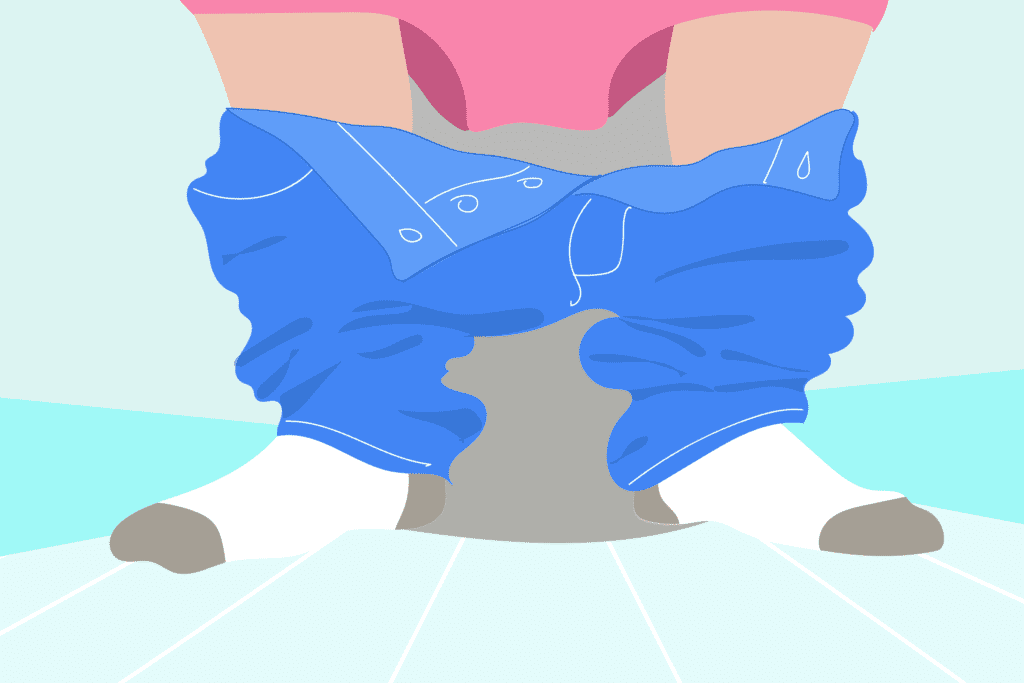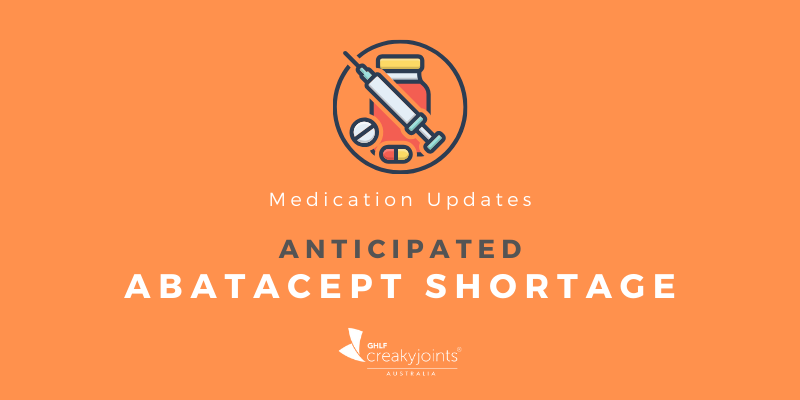

During a colonoscopy screening your doctor will examine the inside of the entire colon via a tiny camera at the tip of a long flexible tube. This is inserted through your anus after you have been sedated. The camera transmits images to a screen where your doctor can look for any signs of a medical condition such as inflammatory bowel disease (IBD) — including Crohn’s disease (CD) and ulcerative colitis (UC).
A colonoscopy can also be used to take biopsies from the bowel or to identify or remove polyps or cancerous cells.
The Clinical Practice Guidelines for Surveillance Colonoscopy were revised by Cancer Council Australia in March 2019. According to these Practice Guidelines, how often you will need a colonoscopy depends on a variety of factors, such as your state of health, your current symptoms your risk factors, such as a personal history of IBD, and your age. Your doctor will discuss the frequency of your colonoscopies with you.
Colonoscopies and Arthritis: What’s the Connection?
So how, you might be wondering, does this affect someone with arthritis? Unfortunately, a lot of people with IBD also have what’s called secondary inflammatory arthritis, says Vinicius Domingues, MD, a rheumatologist in Daytona Beach, Florida, and medical adviser for CreakyJoints in the US.
Though the exact link between IBD and arthritis isn’t known, it’s thought that the inflammation in the GI tract that accompanies IBD provokes the immune system and causes an inflammatory response in other parts of the body. The link between IBD and arthritis is strong: arthritis, including ankylosing spondylitis, may affect as many as 25 per cent of people with Crohn’s disease and ulcerative colitis at some stage of their disease. That means that if you developed joint problems as a result of having IBD, you might be getting colonoscopies regularly.
If that’s the bad news, the good news is that there are lots of ways to make the prep, which can cause what’s been described as “high-volume, high-velocity diarrhoea,” less awful. We got the scoop from doctors and people who’ve gone through the colon-cleansing prep on how to make the experience as smooth and stress-free as possible.
Preparation approaches may vary between clinics, so be sure to follow the specific instructions given to you by your treating doctor.
Colonoscopy Prep: Tips to Make It Easier
Speak up about your current medications. If you take regular medicine, talk to your GI doctor as soon as you make the appointment. Some medicines can be taken while others may need to be delayed. It is especially important to tell your doctor if you take blood-thinning medications.
Cut out fibre. Begin a low-fibre diet a week to a few days before the procedure (check with your doctor on the correct timing). You’ll want to avoid such foods as whole grains, nuts, seeds, dried fruit or raw fruits or vegetables. In order for your doctor to fully view your colon, it needs to be completely empty and these foods can get lodged in your colon for longer than usual “and create ‘noise’ on the image,” explains Dr. Domingues.
Stick to a clear liquid diet the day before. This diet decreases stool production and allows you to use a smaller volume of the prep drink and still accomplish a thorough colon cleansing. Allowed foods include clear broth or bouillon, black coffee or tea, clear soft drinks or sports drinks, clear juice or dairy-free ice-creams.
Avoid coloured prep mixers or liquids for 24 hours leading up your screening. Besides staining the colon and being mistaken for blood in the colon, they can make looking for polyps harder, says Lisa Ganjhu, DO, a gastroenterologist and clinical associate professor of medicine at New York University Langone Medical Center.
Opt for liquids that have calories, so you don’t get too hungry. One CreakyJoints community member recommends bone broth, which contains calories and protein.
Make the prep drink more palatable. The prep drink (a laxative you will be prescribed) is taken in split doses and tastes better chilled, says Dr. Ganjhu. Don’t make it ice cold, though, because that can make you feel ill. You can also mix in non-sugar-based sweeteners with the drink to make it taste better (some are pre-flavoured, so ask your pharmacist what’s available). Whatever flavouring you choose, try a little in a glass before mixing with the entire bottle to be sure you like it.
Treat your taste buds between doses. Between each dose of the prep, chew gum or suck on a lemon wedge, light-colored gummy bears or boiled lollies. Ensure that you don’t swallow any solid food in the 24 hours before your procedure.
Use a straw. Drink the colonoscopy prep drink with a straw that’s as far back on your tongue as possible (you’re less likely to stimulate your taste buds that way, according to Dr Ganjhu) and hold your nose while drinking it.
Be kind to your behind. The process of cleaning out your pipes causes some pretty intense diarrhoea, so you’ll be wiping a lot. Now’s the time to splurge on extra-soft toilet paper that’s less abrasive to the delicate skin of your anal area. Wet wipes might come in handy, too (look for alcohol-free versions to avoid further irritation). Applying petroleum jelly or a vitamin A and D ointment to your bum between trips to the toilet can further help protect skin.
Dress for comfort. Wear elastic-waist pants or another comfortable garment that’s easy to remove quickly.
Have clear access to a bathroom. Aim to be at home during the prep treatment if possible. Everyone is different, but you may see effects as soon as 30 minutes to an hour after drinking the prep beverage. Once the process has begun, the urge to go can come on fast, so you’ll want easy access to the facilities. “Stay close to a toilet,” advises one CreakyJoints community member. “I mean CLOSE.”
Since you have to clean out six feet of colon, you’ll be in there for a while. (You’re nearing the finish line once what comes out is a yellowish clear liquid.) Have some good reading or viewing material on hand to keep yourself entertained.
Plan to be indisposed. If you care for small children or aging parents, arrange for someone else to be available for them from the time you start the prep until after the procedure.
Stay safe. If you have issues with balance or have trouble walking, Dr Domingues says to be sure to have a friend or family member nearby who can help you get back and forth to the bathroom. “The elderly, in particular, may be at risk of dehydration and falling as a result.”
Take breaks. The prep can sometimes make you feel nauseous, bloated, thirsty or dizzy. If this happens to you, it’s okay to take a 30-minute break from drinking the prep mixture.
Ease side effects. Stomach cramping and gas are common when you’re forcing your bowels clean. Applying warm compresses can help relieve some discomfort.
Be an early bird. There’s a slew of reasons why you want to try and snag the first colonoscopy appointment of the day, Dr Ganjhu says. You won’t be hungry as long, there’s less risk for being delayed due to earlier procedures running late and you’ll even possibly have a better outcome — meaning more polyps may be found — because your doctor could be more vigilant earlier in the day.
Take all of the laxative as recommended by your doctor. Emptying the contents of the colon is key to a successful colonoscopy. If the bowel prep isn’t up to par, polyps — which are a precursor for cancer — are sometimes missed. You may even need to have the exam rescheduled and — horror of horrors — the whole prep process repeated.




